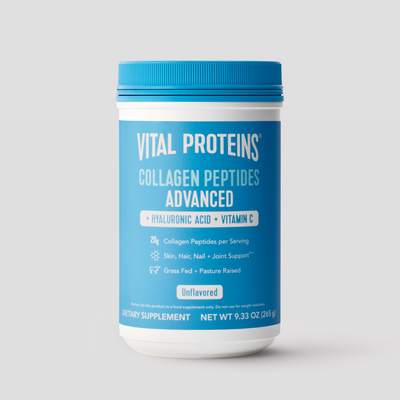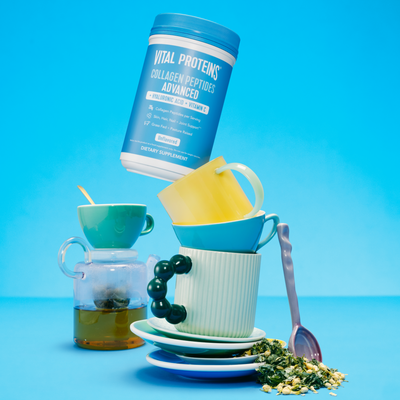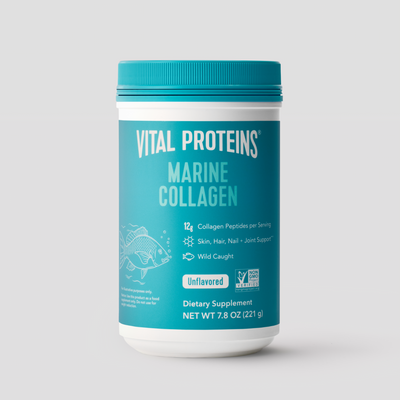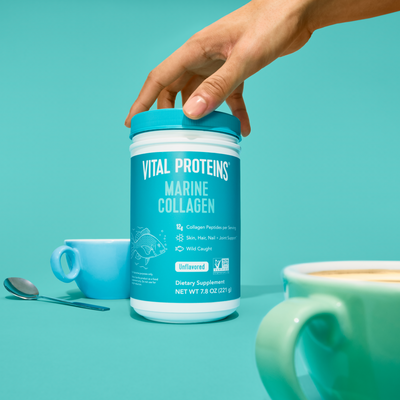Summer fruits and vegetables are great shopping cart options since they are full of several phytonutrients, vitamins, and minerals, like vitamin C, potassium, and B-vitamins. They also happen to help boost hydration if improved levels is a goal of yours. Plus, purchasing seasonal produce can save you money, support local farmers, and guarantee the freshest and best tasting options.
Take a look at the 5 best summer foods below and find out why they’re such a great addition to your shopping list.
The 5 Best Summer Foods to Try This Season
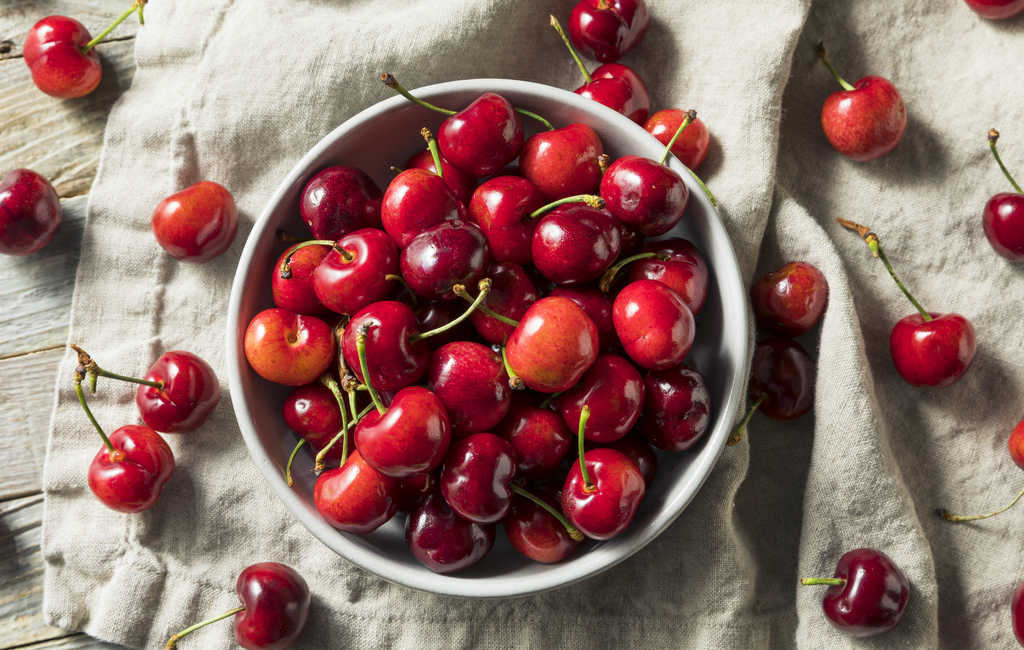
1. Cherries
Cherries are usually available from May to August. They are high in fiber, potassium, and vitamin C. The reddish pigment of cherries is due to their anthocyanin (antioxidant) content, offering several health benefits. There is also research linking the consumption of tart Montmorency cherries and tart cherry juice to decreased markers for oxidative stress and as a post-workout recovery aid [Editor note: Tart cherry can also be found in Vital Proteins Restore Collagen Shot.]
Furthermore, tart cherries are high in melatonin, which can help promote a more restful night’s sleep. Consider adding fresh cherries to some yogurt before bed or adding some to your oatmeal in the mornings. Additionally, adding dried cherries to homemade granola or trail mix can be a great snack option.

2. Zucchini
The peak season for zucchinis is June through late August. Zucchini is a member of the squash family and is high in vitamin A, vitamin C, manganese, vitamin K, and other nutrients. Zucchini also contains small amounts of iron, calcium, zinc, and several B-vitamins. Since zucchini is a versatile vegetable and can be spiralized, thus serving as a low-carb alternative to pasta.
While zucchini is great on the grill or in the oven, consider spiralizing it to make stuffed zucchini boats or adding shredded zucchini to burgers or patties.
RELATED: A Delicious Twist on Your Favorite Oatmeal Recipe

3. Strawberries
Most strawberries in the U.S. come from California or Florida. While strawberry-growing season runs from January through November, its peak season is from April through June. Strawberries are high in fiber, vitamin C, potassium, and folate, and contains small amounts of iron, copper, and magnesium. Strawberries are also high in antioxidants and polyphenols.
While juicy strawberries are great on their own, consider adding them to smoothies, pancakes, desserts, cocktails and salads.
RELATED: A Collagen Infused Strawberry Pancake Recipe

4. Radishes
Radishes are in season from April through September and add a crunchy yet peppery flavor to dishes. Radishes are a root vegetable and, while very nutritious, are often intimidating and underused in the kitchen. When buying radishes, look for plump, firm bulbs and crisp, green leaves. Radishes offer an array of nutrients, like vitamin C, potassium, folate, calcium, and several B-vitamins.
Consider adding them to salads, sandwiches, grating them into a homemade slaw, or roasting them with olive oil and sea to tame the peppery flavor.
RELATED: How to Eat Healthy When You're Really Busy

Ship Best Sellers
5. Tomatoes
Tomatoes, though most often thought of as a vegetable, are actually a fruit since they grow on a vine. Tomatoes are in season from May through October, with some variation depending on location. Tomatoes are 95% water, with the other 5% being made up of antioxidants and phytonutrients, vitamin C, fiber, and potassium.
Tomatoes are most well known for being the major dietary source of the antioxidant lycopene. Lycopene intake is linked to many health benefits. Tomatoes can also provide benefits for skin health.
Consider cooking them with rice, cheese, or veggies, DIY-ing a jam or sauce, or making a chilled gazpacho to avoid the summer heat.















